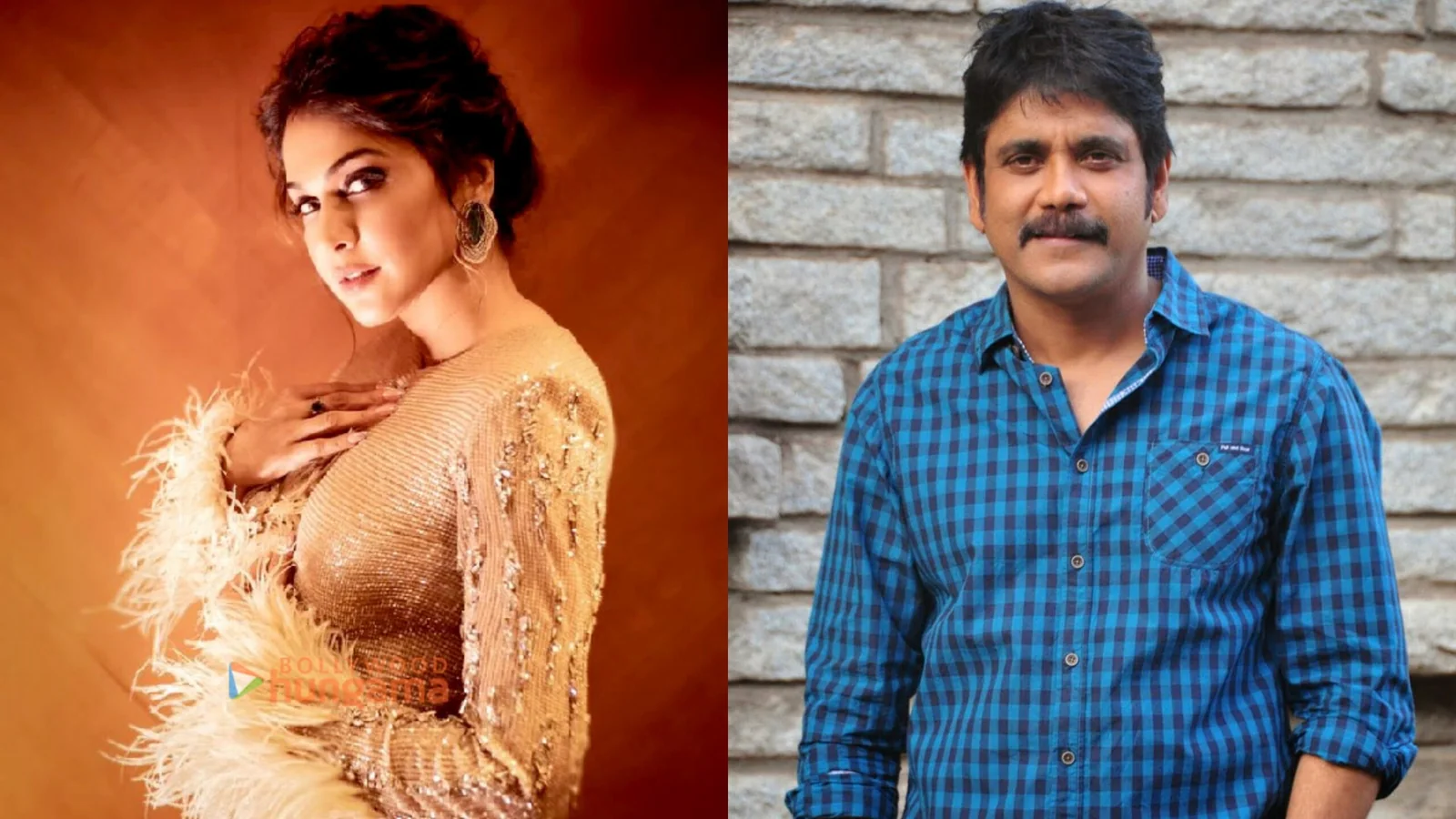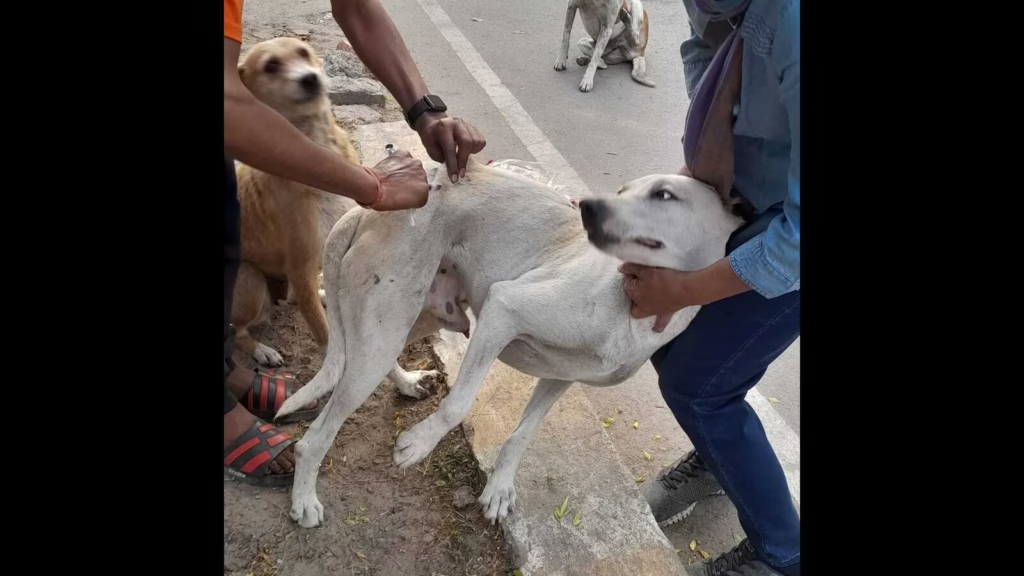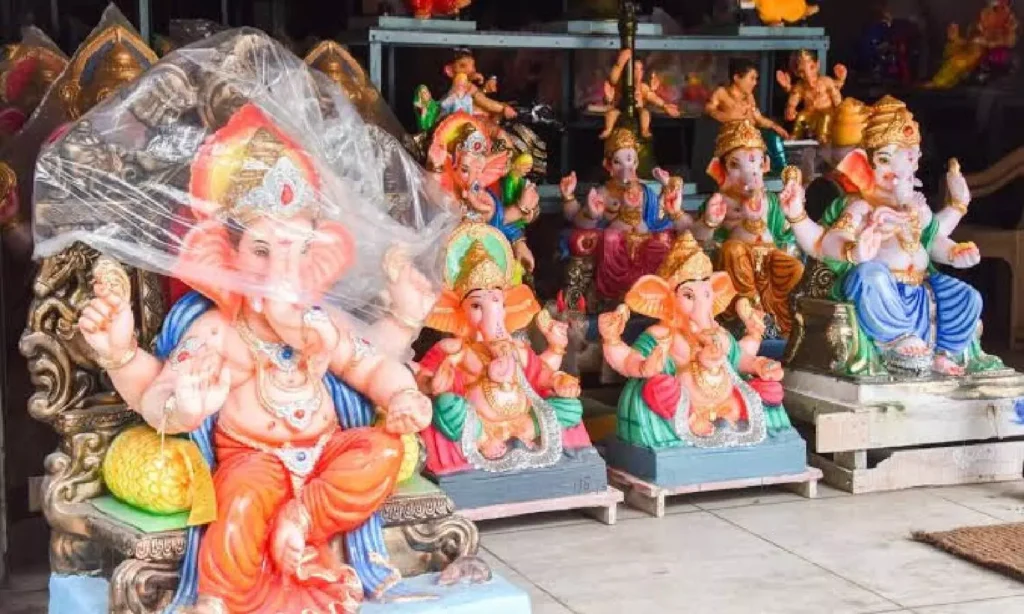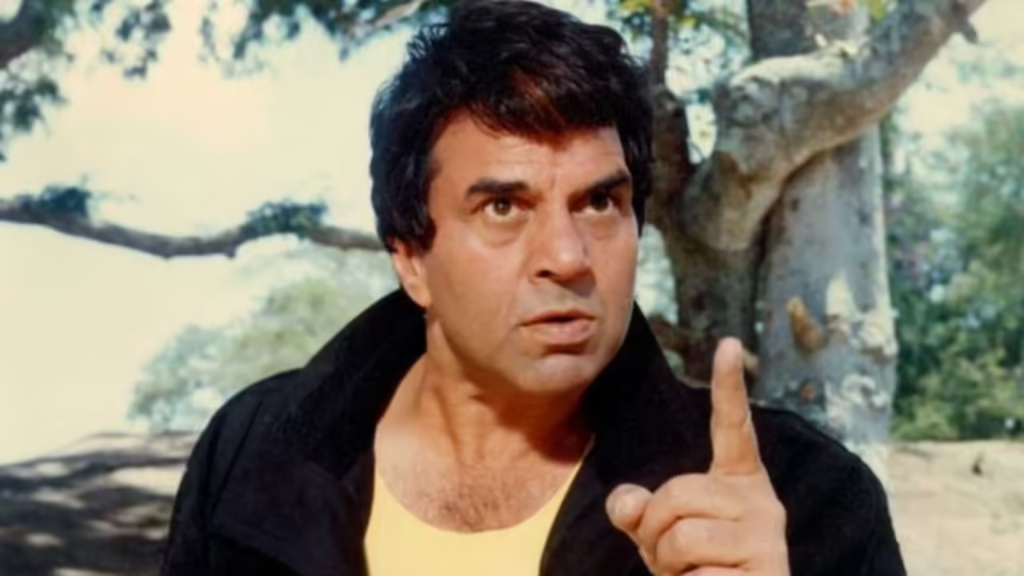Now Reading: Isha Koppikar Recalls Being Slapped 14 Times by Nagarjuna for a Film Scene: ‘My Cheeks Were Swollen’
-
01
Isha Koppikar Recalls Being Slapped 14 Times by Nagarjuna for a Film Scene: ‘My Cheeks Were Swollen’
Isha Koppikar Recalls Being Slapped 14 Times by Nagarjuna for a Film Scene: ‘My Cheeks Were Swollen’

Actor Isha Koppikar recently opened up about a challenging moment during her early film career, recalling a scene in the 1998 Telugu film Chandralekha where she was slapped 14 times by co-actor Nagarjuna Akkineni. The moment, according to her, wasn’t out of aggression but a result of repeated takes during the shoot of a demanding scene.
Speaking about the experience, Koppikar said that although the slap was part of the script, the number of retakes left her cheeks visibly swollen. She clarified that Nagarjuna was extremely respectful and professional throughout the shoot, and the multiple takes were simply due to directorial instructions and technical needs.
The revelation brings attention to the physical and emotional toll actors often endure while performing intense scenes, especially during a time when retakes weren’t digitally stitched together as easily as they are today. For actors new to the industry, like Isha was back then, these situations could be both physically draining and mentally testing.
While she doesn’t hold any grudges and maintains that Nagarjuna was “a thorough gentleman,” her story adds to a broader conversation around the demands of realism in Indian cinema, especially in the 90s. It also reminds us of the unspoken challenges that actors, particularly women, often face on set—something not always visible from the outside.
For audiences in Tier 2 cities, where regional films enjoy a loyal following, such behind-the-scenes accounts give a deeper look into the filmmaking process and the dedication it demands from actors. These anecdotes also serve as a reality check for young aspirants aiming to enter the glamour-driven world of cinema.
Despite the bruises, Isha’s career continued across languages and industries, with Chandralekha remaining one of her early stepping stones in South Indian cinema.

























